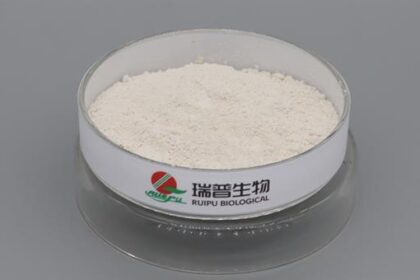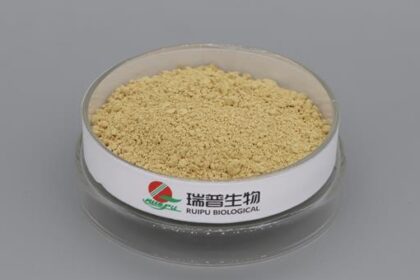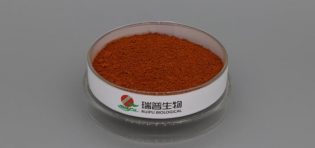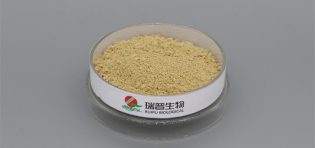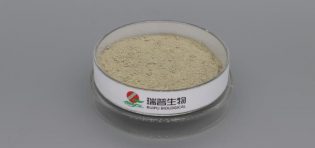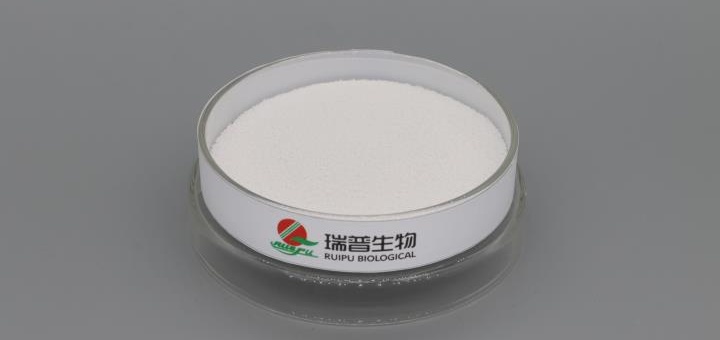
Calcium citrate malate is a calcium supplement that combines calcium with citric acid and malic acid. This compound is widely used in various industries due to its calcium content and bioavailability.
In the pharmaceutical industry, calcium citrate malate serves as a calcium supplement in pharmaceutical formulations owing to its high bioavailability. It provides an easily absorbed source of calcium in drug formulations.
In the food and beverage industry, calcium citrate malate is commonly used for calcium fortification. It can be added to a variety of products such as juices, dairy alternatives, and nutritional bars to increase their calcium content.
Calcium is crucial for bone health, and calcium citrate malate is utilized in nutritional supplements and dietary formulations aimed at promoting bone strength and preventing conditions like osteoporosis.
Recognized for its role in maintaining skin health, calcium citrate malate may be found in some cosmetic products such as creams and lotions, contributing potential benefits to skin health.
In the animal feed industry, calcium citrate malate is used in animal feed formulations to provide a bioavailable source of calcium, supporting overall nutritional needs and bone development in livestock.
In agriculture, calcium citrate malate can function as a soil amendment, supplying calcium to plants, particularly in calcium-deficient soils, promoting plant growth and development.
For food processing, calcium citrate malate can be used in the baking and confectionery industry to fortify products with calcium. It can be added to bread, cakes, and other baked goods to enhance their nutritional profile.
In the beverage industry, calcium citrate malate may be added to functional drinks like sports beverages or fortified juices to increase their calcium content, providing consumers with a convenient way to boost calcium intake.
However, the application characteristics of calcium citrate malate may vary based on specific industries and the intended purpose of the product. Additionally, regulatory considerations and dosage requirements should be taken into account in each application.


